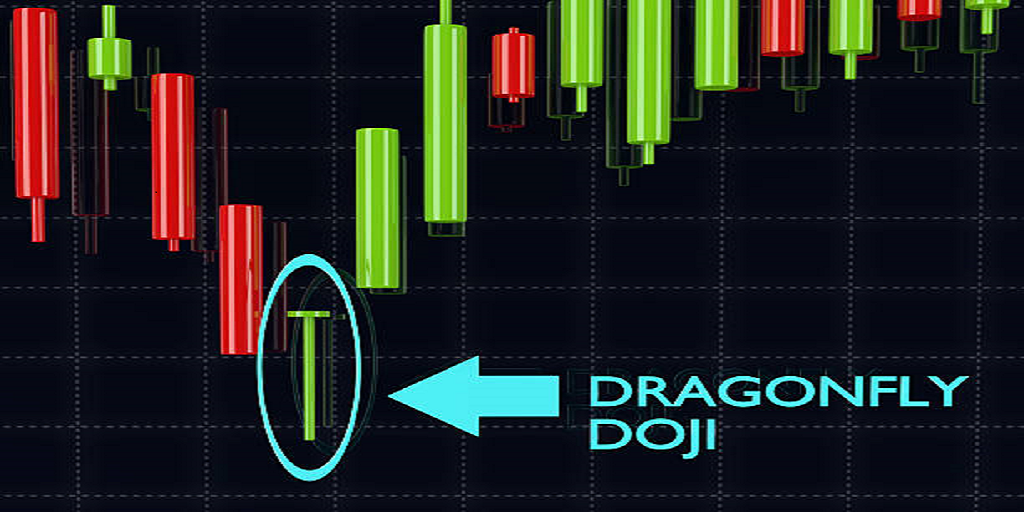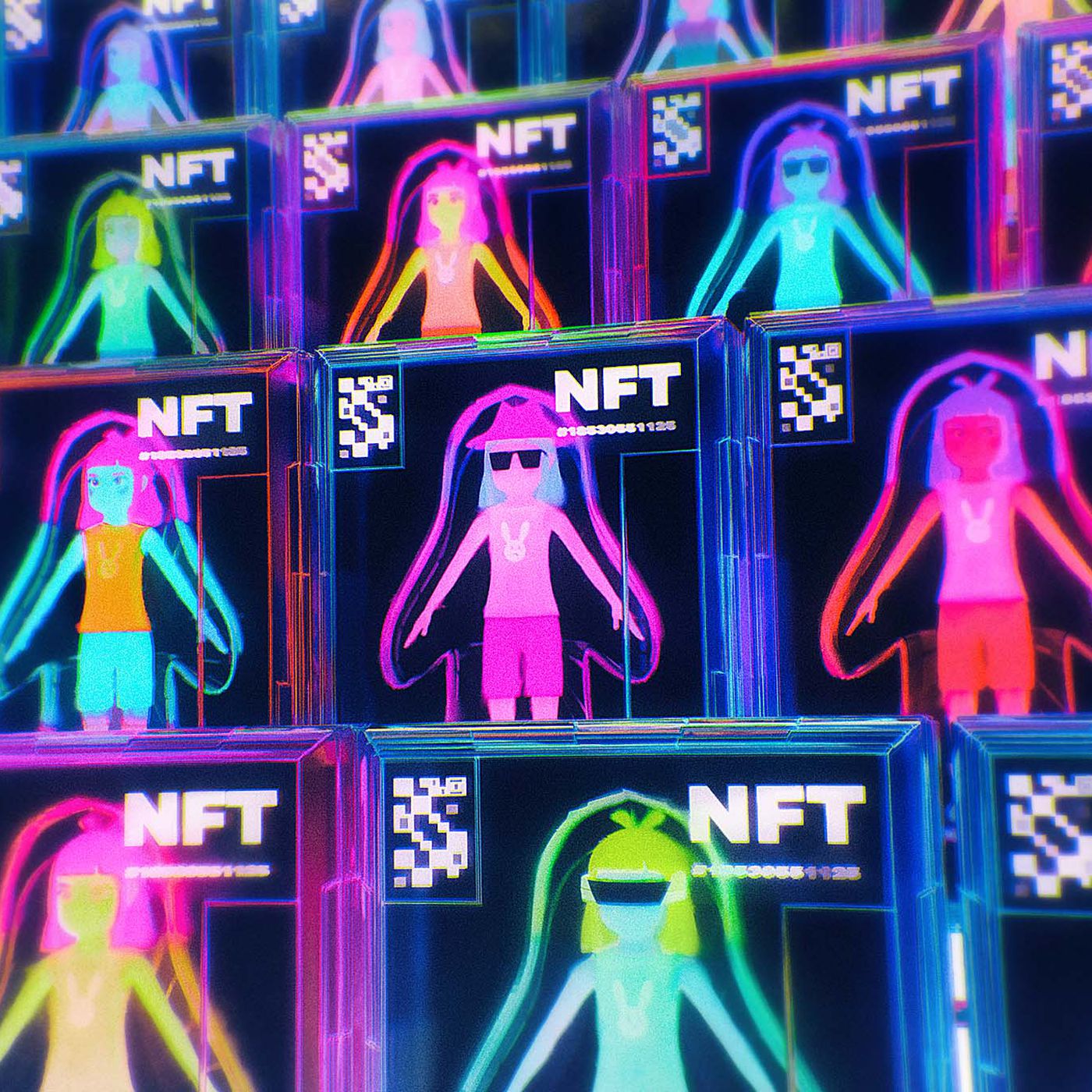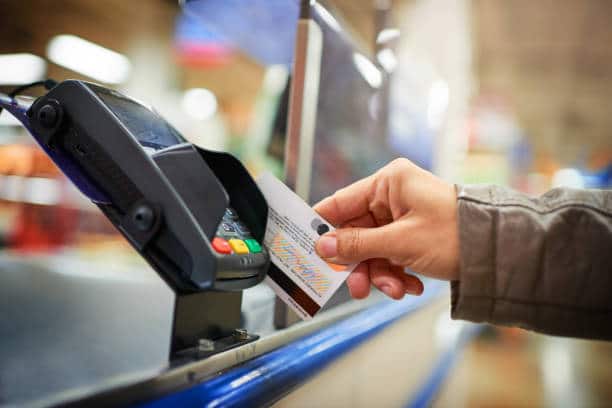One of the most critical candlestick patterns used in technical analysis is the dragonfly Doji pattern, which has different meanings depending on whether it appears at the beginning or end of an uptrend or a downtrend. The five basic facts you need to know about dragonfly Doji candlesticks are as follows.
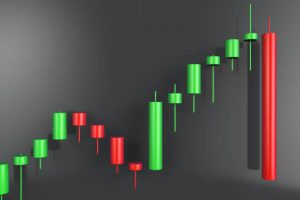
What Are Candlestick Patterns?
A candlestick pattern is a price graph that reflects supply and demand, with shadows showing high and low prices. When combined with other practices, they can be used to predict where prices are heading next. There are hundreds of candlestick patterns that can be analyzed through a computer application or by hand. However, it’s important to remember that not all candlestick patterns are as reliable for forecasting as others. For example, the dragonfly Doji pattern is one of the few candlestick patterns that predicts a reversal in trend rather than merely confirming its presence in hindsight. Here’s an excellent resource if you want to get started analyzing candlestick patterns.
What Is A Dragonfly Doji Pattern?
The dragonfly doji is similar to a shooting star and is a candlestick pattern that signals an upcoming reversal in price. The pattern has four components: two black candles, a white candle, and another black candle. To form a Dragonfly Doji, both of the first two candles must be long-bodied candlesticks with tall wicks (also called upper shadows) and small bodies (also called natural bodies). After those first two black candles, there needs to be a white or empty candle (no color at all). This white candle will have no upper shadow while its body should remain relatively small. Only after these three candlesticks have formed will you see a final black candle. That last one can either be a bearish engulfing candle or just a regular black candlestick, but what matters most is that it closes below where the second black candle opened. If you notice any gaps between candlesticks when looking at your chart, disregard them since they aren’t good parts of a dragonfly Doji pattern. Instead, look for solid white candles that stand out against their previous two black counterparts. If you think about it, a dragonfly Doji looks like a flying insect, giving off a trail of smoke behind it; hence, they’re also known as dragonflies. However, some people refer to them by other names, such as bat or winged bug patterns, depending on their shape and structure on the chart.
How Can Candlestick Patterns Help Me Make Trading Decisions?
To help you understand, let’s look at a candlestick that you are probably already familiar with—the doji. A Doji forms when a stock falls and closes at nearly the same price. This candlestick pattern tells us that traders are unsure how to act and how low (or high) prices will move going forward. It is widely believed that stocks often confirm these patterns by continuing in their established direction over time. In other words, if a store forms a Doji and moves higher over time, it’s more likely to be bullish than bearish. The same holds for dragonfly dojis. These candles have an extra-long upper shadow compared to the lower body and can form during uptrends or downtrends. They tell us that traders are indecisive about whether prices will continue moving up or down, but ultimately they tend to signal the continuation of existing trends. In short, dragonfly dojis are similar to standard dojis, except they have longer shadows, indicating more significant uncertainty among market participants. And like standard dojis, dragonfly dojis also point to continuing existing trends. As such, these candlesticks are very important for identifying potential trading opportunities. While it may seem counterintuitive that a candle could predict what happens next in a trend, keep in mind that most people use price action to make trading decisions because the technical analysis does not always work as expected! For example, some chart patterns fail to produce reliable signals while others give signals too late or early; and many chartists get so caught up looking at technical indicators that they miss essential clues from price action itself! Fortunately, candlestick patterns like dragonfly Doji provide reliable clues about where prices may go next.

What Other Candle Patterns Should I Know About?
Dragonfly Doji is one of those terms in candlestick analysis that may seem a bit intimidating, but don’t worry! A dragonfly Doji candle is when a candle’s open and close are almost equal, signaling a possible market reversal. To learn more about these and other essential candlestick patterns and see examples of them in action, check out Investopedia’s Candlestick Guide. If you want to use candlestick analysis on your charts or think it could help improve your trading strategy, try using an online tool like Investopedia’s Stock Simulator or backtesting tool for free today. The simulator gives you instant buy/sell recommendations based on candlestick signals, which can be extremely helpful if you’re just starting with technical analysis. (See also: Technical Analysis 101) What does it mean? A long-legged Doji candlestick pattern has legs roughly 30% or longer than its body. While most long-legged candles represent indecision among traders, there are certain instances where they indicate a change in trends – such as when there’s a breakout from consolidation, resistance levels or price gaps. Because of their significance, traders should pay attention to bullish and bearish interpretations. When bullish, it suggests buyers have pushed prices higher while sellers remain inactive; conversely, bearish implies sellers have moved prices lower while buyers have remained idle. This distinction makes sense because each side wants to move prices their way – so only one side doing so indicates something significant has occurred.
When Should I Use Candlestick Patterns In My Trading Decisions?
Many traders rely on candlestick patterns to help them gauge whether a trend is strong or weak and to help them determine appropriate places to enter and exit trades. The problem with candlestick patterns is that they are very subjective; some traders may only use a few of these patterns, while others follow most or all of them religiously. In addition, there are varying interpretations for each pattern—what one trader views as a bullish engulfing pattern, another may view as an indecisive market. This can confuse when deciding which patterns should be used for entries and exits to minimize losses and maximize profits. Many technical analysts suggest using just two or three candlestick patterns at most because using more than that can add too much subjectivity to trading decisions. While there is no correct number of candlestick patterns to use, you will want to find a balance between over-reliance on candlesticks and ignoring them completely. As you become more experienced with using candlestick patterns, you will develop your personal preferences for how many you like to look at before making trading decisions. However, it’s important not to get caught up in following every single pattern under the sun. If you do so, then it’s likely that your trading performance will suffer from overtrading or, worse yet – from being unable to identify any meaningful trends or reversals. Remember: don’t let yourself get carried away by new-age mumbo jumbo — it’s essential to keep things simple!
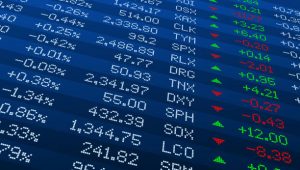
Using Candlestick Patterns To Find A Perfect Entry Point When Trading In Real-Time
The dragonfly doji is a three-candle pattern that offers some of the most lucrative trading opportunities. It’s formed after an extended downtrend when bears seem to be in control, but just before bulls take over and propel prices higher. The color of each candle doesn’t matter; what matters is that they’re all close together, representing short-term indecision among traders. That means prices can move dramatically from where they were at their lowest point. A break above or below essential support or resistance levels often happens shortly after dragonfly Doji forms. You want to be ready for these moves because your entry point will present as soon as the price breaks out of its range. It pays to have a plan before entering any trade based on candlestick patterns with such significant gains possible! To help you understand how to use candlestick patterns like dragonfly dojis to identify businesses with massive profit potential, we’ve put together our new video guide, How To Find Huge Profits Using Candlestick Patterns. This comprehensive course features eight lessons covering every aspect of technical analysis you need to know about, including step-by-step instructions on identifying and trading dragonfly dojis using real-world examples. Whether you’re a novice trader or an experienced investor looking for ways to boost your returns, you’ll learn valuable techniques and strategies that could pay off handsomely over time. Click here now for more information about our latest offering. We hope you enjoy it!
Understanding The Dragonfly Doji Candlestick
This is a crucial candle to be familiar with because it can tell you that a trend is near its end. The dragonfly doji looks like a cross between a dog and a shooting star. There is indecision among market participants, leading to sharp pullbacks after substantial gains (or losses). When you see a dragonfly Doji, it’s time to take profits or prepare for more downward action. Of course, sometimes these candles signal that a reversal isn’t imminent and prices will continue in their current direction. Either way, you should never trade against them. It might even make sense to hold off selling altogether until you get confirmation from another indicator or until price movement becomes clearer. In other words, if the price closes below where it opened on your candlestick chart—and then opens lower still—it confirms what your candlestick was telling you all along: Sell! However, if the price closes above where it opened—and then opens higher still—then consider entering into a long position because of new bullish momentum building in price movement. If you don’t have access to a charting program, here’s how they look
Example Of How To Use The Dragonfly Doji
Dragonfly Doji candles are often an excellent signal to traders that something is happening in stock, but it’s still essential to pay attention to other technical indicators. For example, a dragonfly Doji could mean one thing when it occurs on an upward trend and something completely different if it occurs on a downward trend. Paying attention to indicators such as momentum oscillators can make all of the difference when predicting future movement in stocks. There are multiple ways you can learn about using price action strategies like dragonfly dojis and build a stock trading strategy that suits your own needs best. For more information, contact trusted brokers like Pepperstone today. I use some advanced techniques that require looking at data in 2-minute increments. These techniques help me decide whether or not I should place trades based on candlestick patterns. As mentioned earlier, there are two kinds of Doji candlesticks: The spinning top candle pattern, which looks like a rectangle with no upper or lower wick (or shadow) and a regular Doji candle with either an upper or lower wick (or shadow). Since we’re only looking for specific candlestick patterns here, we’ll focus on regular Doji candles with both upper and lower shadows/wicks. When reading candlestick charts, always look at them from left to right instead of right to left. This is because prices usually move downwards and upwards during an uptrend. Then, it makes sense that candlesticks would also move from left to right since they represent prices moving up over time. To find out where a Doji candle appears within its current trend context, we need to determine what kind of doji it is first by looking at its open and close prices relative to each other.
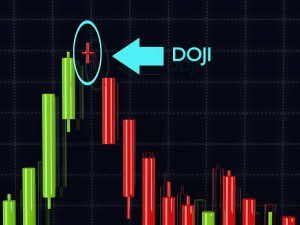
Limitations Of Using The Dragonfly Doji
Because Dragonfly Doji candles are a reversal pattern, they aren’t very good at predicting significant price changes. If you see one appear, it doesn’t mean that your trade will immediately reverse course—but it does mean that there’s at least a decent chance of such an occurrence. It also means that you shouldn’t be surprised if your trade goes against you after appearing. The larger the dragonfly Doji candle is and/or further away from where it began (that is, in which direction), the stronger its reversal power. Smaller candlestick bodies tend to have less strength as reversals than larger ones because they indicate smaller price moves and thus a weaker reversal. When a stock or other asset opens higher on low volume but closes lower on high volume, that’s considered bearish.
Similarly, when a stock opens lower on low volume but closes higher on high volume, that’s considered bullish. Since candlesticks represent both volume and open-to-close prices, they can convey much more information than just opening and closing prices alone can. Thus by analyzing them, we can determine what happened during each trading period without needing any other data points or statistics to help us out. This is why traders need to understand how candlesticks work before using them for analysis purposes: so they know what all those numbers mean!
The Difference Between A Doji And A Spinning Top
The significant difference between a doji and a spinning top is that both candles represent indecision in trading, but they look different. The dog looks like a cross with a small body and long lower and upper shadows. As you can see in Chart 1, an ordinary candle may be interpreted as either bullish or bearish depending on its color. A green candle is bullish when it occurs at a low point for that period and bearish when it occurs at a high point. On the other hand, candlestick patterns are neutral if they occur at substantially higher than average prices over recent periods. If you’re looking to identify tops and bottoms, then a doji should probably not be your first choice of candlestick pattern. However, if you’re looking to identify areas of indecision, then a doji is worth considering. When a Doji appears after an extended advance or decline, it signals traders are becoming increasingly uncertain about future price direction. We can expect subsequent price action to be volatile as market participants adjust their positions based on new information. By using multiple time frames and types of analysis together (like volume), we might be able to increase our odds of correctly identifying such turning points in price action. Some traders will consider a Doji formation confirmed only after it has been approved by additional indicators such as RSI and MACD. These three elements combined will give us one clue about how crucial upcoming price action could be.
Read Also:
Who Knows How Many Houses Are In The World?
The Pros And Cons Of Investing In Nickel ETF
Investment Apps For Beginners: 4 Apps To Know
Why Online Business Is Popular Nowadays?

